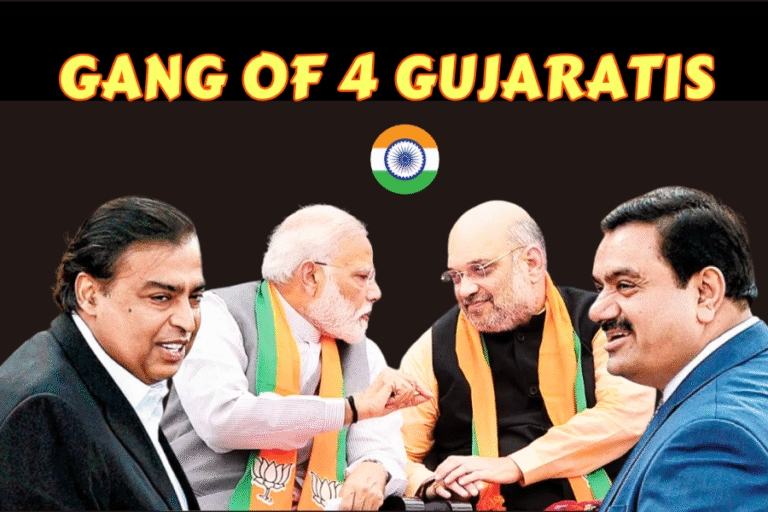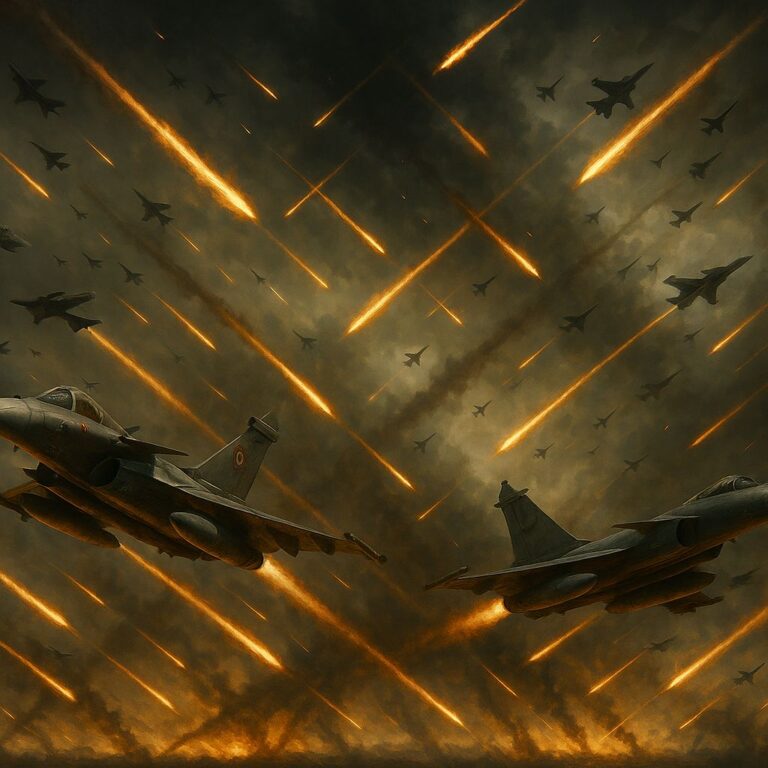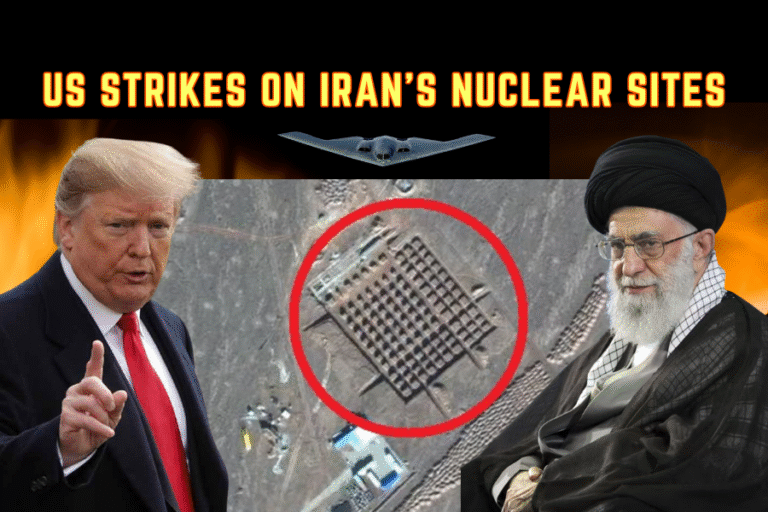(By Khalid Masood)
Introduction
On 3 September 2025, Beijing’s Tiananmen Square transformed into a stage of unparalleled military grandeur, as China hosted what has been hailed as the largest military parade in its history to mark the 80th anniversary of Japan’s surrender in World War II. Under a clear autumn sky, President Xi Jinping stood atop the Gate of Heavenly Peace, reviewing over 15,000 troops marching in perfect synchrony, flanked by columns of advanced tanks, missiles, and drones. The 80-minute spectacle, broadcast live to millions, featured the public debut of China’s complete nuclear triad—land-based intercontinental ballistic missiles (ICBMs), submarine-launched ballistic missiles (SLBMs), and strategic bombers—symbolising the People’s Liberation Army’s (PLA) evolution into a world-class force. Innovative technologies stole the show, including weaponised ‘robot wolves’—autonomous robotic systems designed for reconnaissance and combat, capable of navigating rugged terrain and supporting infantry operations.
This parade, the first major military display since the 2019 70th anniversary of the People’s Republic, surpassed previous events in scale and symbolism. With an estimated 50,000 participants including veterans, civilians, and foreign dignitaries, it drew comparisons to the 2015 parade but amplified the message of national unity and resilience. Xi’s address, delivered from the iconic rostrum, emphasised China’s “unstoppable” rise, warning that the world faces a choice between “peace or war” amid escalating global tensions. The timing was no coincidence: occurring amid US President Donald Trump’s aggressive tariffs on Chinese goods and heightened rivalry in the Indo-Pacific, the event served as a defiant assertion of sovereignty. This parade underscored China’s commitment to multipolarity, strengthening ties with allies through initiatives like the Belt and Road Initiative (BRI) and partnerships within the Shanghai Cooperation Organisation (SCO). Yet, beneath the choreographed precision lay a deeper narrative of deterrence, nationalism, and soft power projection in an era of great-power competition.
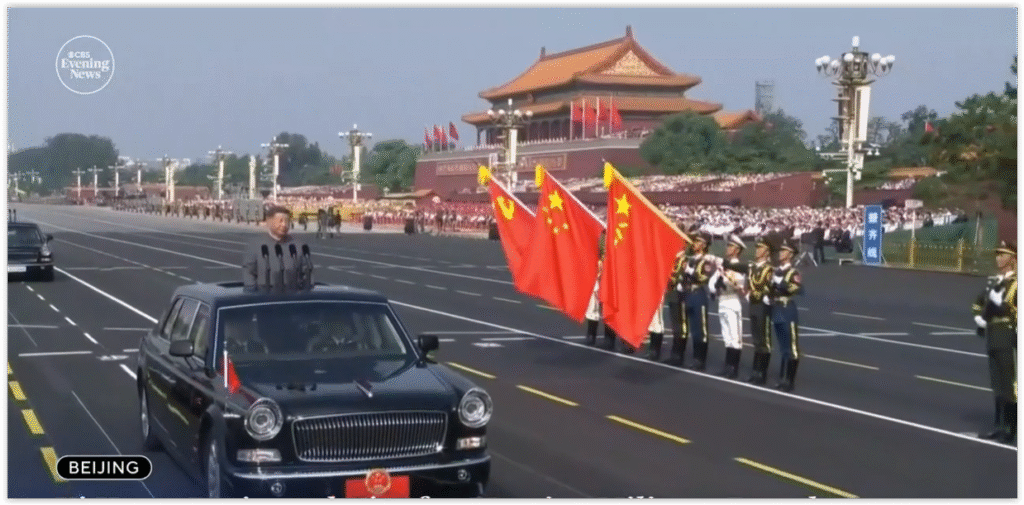
Background and Historical Context
The origins of China’s Victory Day parades date back to the end of World War II, specifically 3 September 1945, when Japan formally surrendered, concluding the Chinese People’s War of Resistance Against Japanese Aggression—a conflict that claimed over 35 million Chinese lives. This date, designated as Victory Day in 2014 by the National People’s Congress, commemorates not only military triumph but also the Communist Party’s (CPC) role in leading the resistance, forging national identity in the face of imperialism. Under President Xi Jinping, these parades have become instruments of statecraft, blending historical remembrance with contemporary power displays.
The evolution of these events reflects China’s transformation from a war-torn nation to a global superpower. The first major parade in 1959 marked the 10th anniversary of the People’s Republic, featuring modest Soviet-style hardware. By the 1984 parade under Deng Xiaoping, it symbolised economic reforms, with fewer troops and more civilian elements. The 2015 event, for the 70th anniversary, was a turning point: 12,000 troops, 500 vehicles, and 200 aircraft paraded, showcasing DF-21D ‘carrier killer’ missiles and inviting 49 foreign leaders, including then-UN Secretary-General Ban Ki-moon. It was Xi’s first major parade, signalling his “Chinese Dream” of national rejuvenation.
The 2019 parade, celebrating the CPC’s 70th founding anniversary, introduced hypersonic DF-17 missiles and unmanned aerial vehicles (UAVs), amid US trade wars. The 2025 parade, however, eclipses these, occurring post-COVID and amid economic recovery. With China’s GDP surpassing $18 trillion and defence budget at $230 billion, it highlights Xi’s “strong army” vision, outlined in the 2017 19th Party Congress. The inclusion of the nuclear triad—DF-41 ICBMs (land), JL-3 SLBMs (sea), and H-6N bombers (air)—marks a milestone in strategic deterrence, comparable to US or Russian capabilities. ‘Robot wolves’, part of the PLA’s intelligentised warfare doctrine, represent China’s leap in AI and robotics, drawing from lessons in Ukraine where drones have reshaped battlefields. This parade, amid tensions over Taiwan and the South China Sea, serves as a reminder of China’s military modernisation, achieving Xi’s goal of a “world-class” PLA by 2049.
From a historical lens, it reasserts China’s WWII narrative, countering Western focus on the European theatre. Xi’s emphasis on “peace-loving” China contrasts with accusations of aggression, positioning the parade as a defensive statement in a multipolar world.
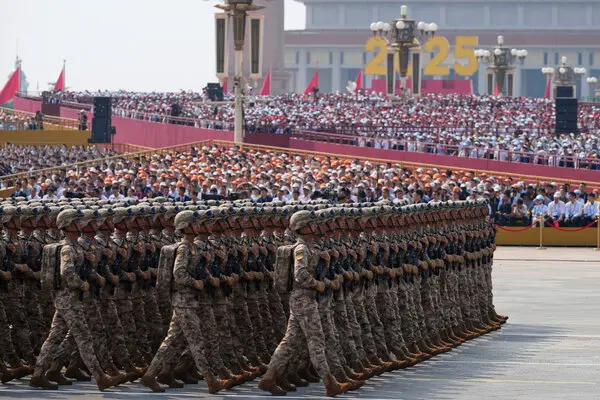
Details of the Parade
The 2025 Victory Day parade was a meticulously orchestrated symphony of military precision, unfolding along Beijing’s Chang’an Avenue from Tiananmen Square. Beginning at 10:00 a.m., it lasted 80 minutes, divided into ground, aerial, and symbolic segments. Over 15,000 PLA soldiers from all branches marched in 40 formations, their boots echoing in unison to the strains of the national anthem. Xi, in a dark suit, inspected the troops from an open-top Hongqi limousine, saluting as they chanted “Serve the people!”
The ground display featured 500 vehicles, including ZTZ-99A tanks, DF-41 ICBMs with a 12,000 km range, and YJ-21 hypersonic missiles capable of Mach 6 speeds. For the first time, the full nuclear triad was unveiled: land-based DF-5C and DF-31AG missiles, JL-3 SLBMs (deployable from Type 094 submarines), and H-6N bombers equipped for air-launched ballistic missiles. This revelation, symbolising second-strike capability, was a highlight, with missiles rolling past under banners reading “Unstoppable Force.”

Innovation shone through with ‘robot wolves’—quadrupedal robots resembling dogs, equipped with sensors, machine guns, and AI for autonomous operations. These unmanned systems, developed by Norinco, can scout, carry payloads, and engage targets, integrating with infantry for ‘intelligentised’ warfare. Drones dominated, including WZ-8 reconnaissance UAVs and GJ-11 stealth drones, flying in formations mimicking swarm tactics. Aerial flyovers involved 200 aircraft, from J-20 stealth fighters to Y-20 transports, forming arrowhead patterns and releasing coloured smoke trails.
Symbolic elements included 80 doves for peace, a 21-gun salute, and a civilian contingent of WWII veterans and youth, emphasising generational continuity. Fireworks and LED screens displayed historical footage, blending past heroism with future prowess. The atmosphere was electric: crowds of 100,000 spectators waved flags, while global broadcasts reached billions, amplifying China’s narrative of resilience.
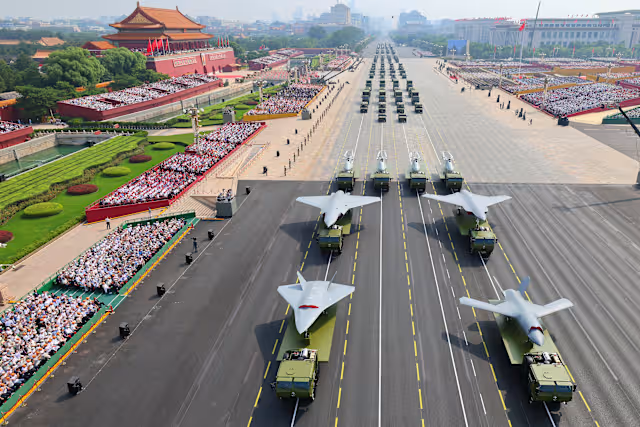
Main Guests and Attendees
The parade’s guest list was a masterclass in diplomacy, with over 20 foreign heads of state and dignitaries underscoring China’s alliances. Russian President Vladimir Putin, a close ally amid the Ukraine conflict, stood beside Xi, symbolising the “no-limits” Sino-Russian partnership. North Korean leader Kim Jong-un, making a rare international appearance, highlighted strategic ties, with Pyongyang’s missile tech echoing Chinese influence. Iranian President Masoud Pezeshkian attended, reinforcing the SCO’s anti-Western bloc, amid Iran’s nuclear ambitions mirroring China’s triad display.
Pakistan’s Prime Minister Shehbaz Sharif represented South Asia, emphasising CPEC and SCO cooperation, a nod to Pakistan’s role in Eurasian connectivity. Belarusian President Alexander Lukashenko, facing Western sanctions, attended, expanding the SCO’s European footprint. Other notables included Serbian President Aleksandar Vucic, Vietnamese President To Lam, and Cambodian Prime Minister Hun Manet, reflecting China’s BRI outreach in Southeast Europe and Asia.
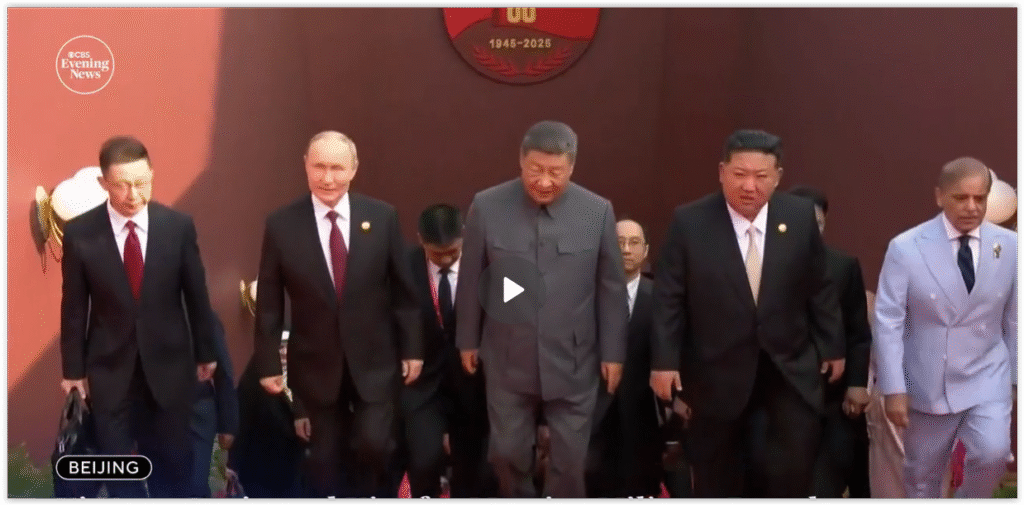
White dignitaries like Vucic and Lukashenko, from allied nations, contrasted with the absence of Western leaders. No US, EU, or Indian representatives attended, highlighting geopolitical divides—US officials cited “aggressive posturing,” while India’s Modi opted for domestic events. The guests’ presence boosted China’s soft power, portraying it as a convenor of the Global South, countering US isolation efforts.
Geopolitical Significance and Global Reactions
The parade’s significance extends beyond spectacle, signalling China’s military modernisation under Xi’s doctrine. By unveiling the nuclear triad, Beijing asserts deterrence against US intervention in Taiwan or the South China Sea, where tensions escalate with Philippine clashes. ‘Robot wolves’ and AI integration preview future warfare, challenging US dominance in autonomous systems. Domestically, it boosts nationalism amid economic slowdowns, reinforcing Xi’s “Chinese Dream.”
Globally, reactions were polarised. Allies praised it: Putin called it a “symbol of strength,” Kim hailed “unbreakable bonds,” and Sharif noted benefits for SCO security. The US condemned it as “aggressive,” with Trump threatening tariffs, viewing it as defiance. India expressed neutral concerns, wary of China’s border posturing. ASEAN nations like Vietnam observed cautiously, balancing BRI ties with South China Sea disputes. From Pakistan’s perspective, it strengthens SCO, aiding CPEC and counter-terrorism. Overall, it accelerates multipolarity, challenging Western hegemony.
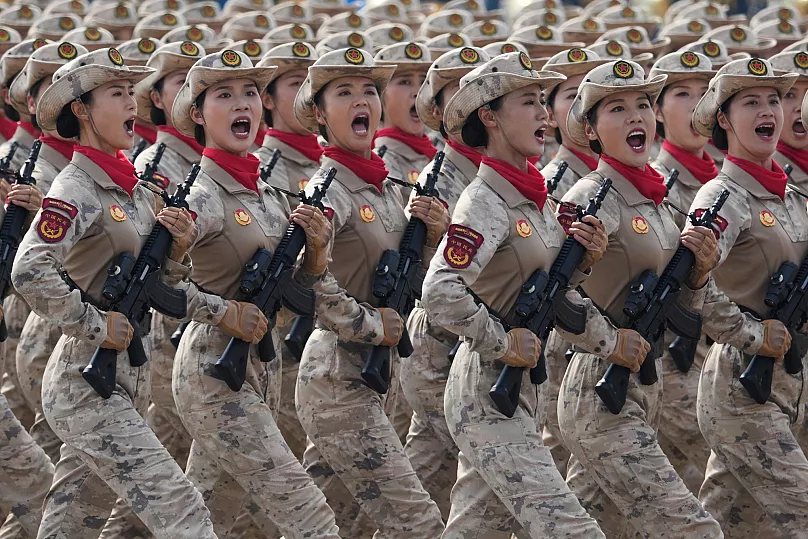
Conclusion
The 2025 Victory Day parade cements China’s ascent, blending historical pride with futuristic might. As Xi’s vision unfolds, it poses questions for global order: Will military displays foster peace or escalate rivalries? In a multipolar era, balancing power and diplomacy is key—China’s parade reminds us of that imperative.


